As readers, sometimes we have to really work to make connections between two seemingly unrelated ideas. Last year, when I had students read Jason Reynolds’ When I Was the Greatest alongside Elie Wiesel’s Night, they were able to reach a deeper understanding of what it meant to be “my brother’s keeper” than ever before.
(Side note: When I had dinner with Reynolds at NCTE last year, he said this was exactly the idea he wanted readers to think about!) And that’s the beauty of literature: life’s questions can transcend a single storyline and be addressed through the lives of countless characters.
A town threatened from torrential rain mudslides. A teen traveling to Italy to finally meet her unknown father and fulfill her mother’s dying wishes. A golden-boy athlete who is unable to understand that he went too far. Alternating perspectives that explore police brutality and race from the voices of two young men. The journey of recovering from sexual assault committed by your brother’s best friend. A story of hope after your sister’s untimely death and the debilitating guilt that lingers. The unanswered questions that plague a community long after a teenager has opened fire on his peers. All of these were books that I didn’t want to put down. Filled with pages of plots that address timely issues in all our lives, especially teens’.
These ‘Riveted to Real’ Simon and Schuster titles represent the myriad issues that teens face today. Seemingly unrelated, these stories are raw and real. They introduce real issues and all the accompanying pain, hurt and angst that teens face. Leveraging these titles in the classroom will help students probe much more deeply into some of life’s deepest questions. You might think about how these texts would pair with your current reads and how, through young adult literature, you can help students see the big ideas that not only make the questions real but their experience reading much more riveting.
YA Texts Featuring Cognitive Dissonance
I n Jason Reynolds and Brenan Kiely’s All American Boys, readers enter Rashad and Quinn’s world. A co-authored novel with white and black protagonists, this book is all too real with recent national attention on police brutality. Not only do readers hear from young men of different races, things are further complicated as Quinn comes to terms with the fact that Paul, a family friend and father figure, was the police officer responsible for the beating of Rashad. Throughout the novel, Quinn must overcome his own biases and beliefs about police and people he thought he knew, and ultimately come to terms with what he stands for. Rashad, on the other hand, must learn that what happened to him places him at the front of a larger movement than he ever thought was possible.
n Jason Reynolds and Brenan Kiely’s All American Boys, readers enter Rashad and Quinn’s world. A co-authored novel with white and black protagonists, this book is all too real with recent national attention on police brutality. Not only do readers hear from young men of different races, things are further complicated as Quinn comes to terms with the fact that Paul, a family friend and father figure, was the police officer responsible for the beating of Rashad. Throughout the novel, Quinn must overcome his own biases and beliefs about police and people he thought he knew, and ultimately come to terms with what he stands for. Rashad, on the other hand, must learn that what happened to him places him at the front of a larger movement than he ever thought was possible.
In The Last Boy and Girl in the World, Siobhan Vivian creates Aberdeen, a town built dangerously low and susceptible to disastrous flooding. In the beginning of the novel, main character Keely Hewitt finally has a chance to talk to Jesse Ford, a boy she’s long been dreaming of. While working to protect the town by placing sandbags near the river bank, Jesse and Keely have their first real interaction and thus begins a budding romance. Throughout the novel, Keely feels as if she can be real with Jesse. She can joke and take risks she never dreamed of. As more flooding threatens the town and the residents of Aberdeen learn that their town will cease to exist, Keely’s father leads the fight against forced relocation. Keely stands by his side, until she learns that things aren’t always what they seem, and that what you stand for might not be what others purport to stand for either.
 Violent Ends, a collection of perspectives featuring well-known authors like Neal Shusterman, Shaun David Hutchinson and E.M. Kokie, explores the events that take place before and after Kirby Matheson opens fire on his high school gymnasium. Each perspective is connected by Kirby, the one voice whose isn’t shared. As so many characters try to make sense of how Kirby could be capable of such a violent act, readers never really receive an answer. They, just like characters, are left with a more complicated and incomplete understanding of Kirby than they had when they started.
Violent Ends, a collection of perspectives featuring well-known authors like Neal Shusterman, Shaun David Hutchinson and E.M. Kokie, explores the events that take place before and after Kirby Matheson opens fire on his high school gymnasium. Each perspective is connected by Kirby, the one voice whose isn’t shared. As so many characters try to make sense of how Kirby could be capable of such a violent act, readers never really receive an answer. They, just like characters, are left with a more complicated and incomplete understanding of Kirby than they had when they started.
In all of these novels, characters face challenges where everything they know is completely turned upside down. Students might address this essential question if reading these texts together: What happens when you discover that everything you took for granted—your family, your friends, your town—isn’t really what you thought it was? Through their individual journeys, these characters discover that not everyone stands for what is truly right, that things are never quite what they seem and that the toughest decisions can cost you your friends and even people you consider to be family.
YA Texts Featuring Life After Tragedy
 Tim Federle’s The Great American Whatever tells the story of Quinn Roberts, a wannabe filmmaker whose life is utterly changed when his sister is killed in a car crash. Since his sister’s death, life has pretty much stopped: he’s stopped making films, his mother rarely leaves the couch and they’re doing just enough to get by. This all changes when Quinn’s best friend Geoff takes him to a party and Quinn meets a guy. The encounter ultimately helps Quinn realize that his show must go on.
Tim Federle’s The Great American Whatever tells the story of Quinn Roberts, a wannabe filmmaker whose life is utterly changed when his sister is killed in a car crash. Since his sister’s death, life has pretty much stopped: he’s stopped making films, his mother rarely leaves the couch and they’re doing just enough to get by. This all changes when Quinn’s best friend Geoff takes him to a party and Quinn meets a guy. The encounter ultimately helps Quinn realize that his show must go on.
Jenna Evans Welch’s Love & Gelato features a protagonist named Lina, who is sent to spend the summer in Italy with her father as part of her deceased mother’s last wish. Standoffish at first, Lina quickly comes to a better understanding of her mother, her father and her life as she travels around Italy with Ren. Ren, a half-Italian teen, acts as Lina’s tour guide as they travel to the places mentioned in Lina’s mother’s journal. Unsure of the entire experience along the way, Lina ultimately falls in love with Italy, a boy and gelato. She also comes to welcome her “father’s” presence in her life.
Both of these novels explore life after tragedy. As teenagers, Lina and Quinn’s lives must go on. They have much to look forward to after high school, and they are aided by dear friends who encourage them relentlessly. Both novels exquisitely depict the journey we all encounter after having lost a loved one, a journey that often reveals more about the deceased than we realized and, in turn, helps us learn more about ourselves and our own next steps in life. Students might ponder questions like: How do teens cope with death? Do we all grieve in the same way? How do we honor the dead and still plan for the future?
YA Texts Featuring Honest Conversations about Sexual Assault
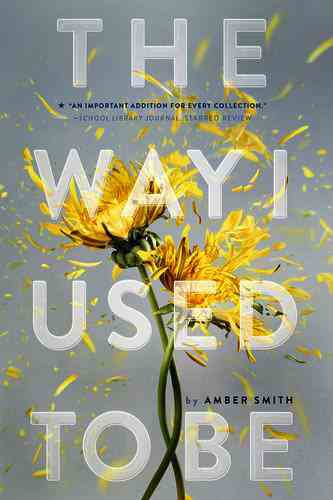 Amber Smith’s The Way I Used to Be is a book that will linger in the back of your mind for quite some time. Eden, formerly Edy, was sexually assaulted by her older brother’s friend, Kevin. After the assault, Eden struggles to find the words to convey what actually happened that night. She knew Kevin. She trusted him. At one point in her childhood, she even had a crush on him. Threatening her after the attack, she remains silent. As her years in high school progress, Kevin’s younger sister starts rumors about her. Starting small, they escalate into a larger shadow of promiscuity that, like far too many cases in high school, are false. Coping with an unwarranted damaged reputation, Eden tries to co-opt the new identity and become someone she isn’t.
Amber Smith’s The Way I Used to Be is a book that will linger in the back of your mind for quite some time. Eden, formerly Edy, was sexually assaulted by her older brother’s friend, Kevin. After the assault, Eden struggles to find the words to convey what actually happened that night. She knew Kevin. She trusted him. At one point in her childhood, she even had a crush on him. Threatening her after the attack, she remains silent. As her years in high school progress, Kevin’s younger sister starts rumors about her. Starting small, they escalate into a larger shadow of promiscuity that, like far too many cases in high school, are false. Coping with an unwarranted damaged reputation, Eden tries to co-opt the new identity and become someone she isn’t.
There’s a reason that Chris Lynch’s Inexcusable was a National Book Award finalist. Told through a male’s perspective, Keir Sarafian is a self-proclaimed “good guy.” This is a story of Keir coming to terms with a sexual assault that he committed. The book begins with Gigi, Keir’s former girlfriend, screaming at him: “Say what you did, Keir. Admit what you did to me. … Yes you did! I said no!”(2). As you read on, you learn of the events of that night and, if you’re like me, you’ll grow increasingly frustrated with Keir’s lack of admission. Now in its tenth anniversary edition, readers will make many real connections between Inexcusable and current events across college campuses.
Both of these titles address sexual assault. Reminiscent of Laurie Halse Anderson’s Speak, readers encounter two perspectives: the assaulted and the assaulter. Both reveal how our trust is a vulnerable and fragile thing. Students might ponder: What do we do when those we trust the most violate our trust? How do we find a voice in the aftermath of assault?
Bring ‘Riveted to Real’ titles to your classroom! Enter to win these titles and others from Simon and Schuster below!
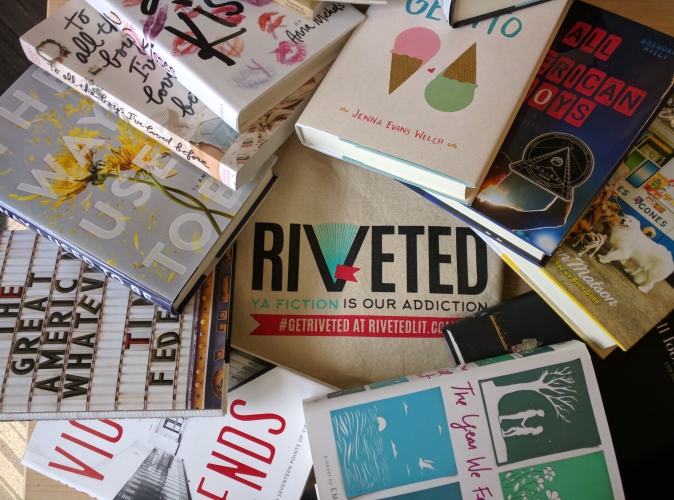
This giveaway is now closed. Congratulations to the winners!


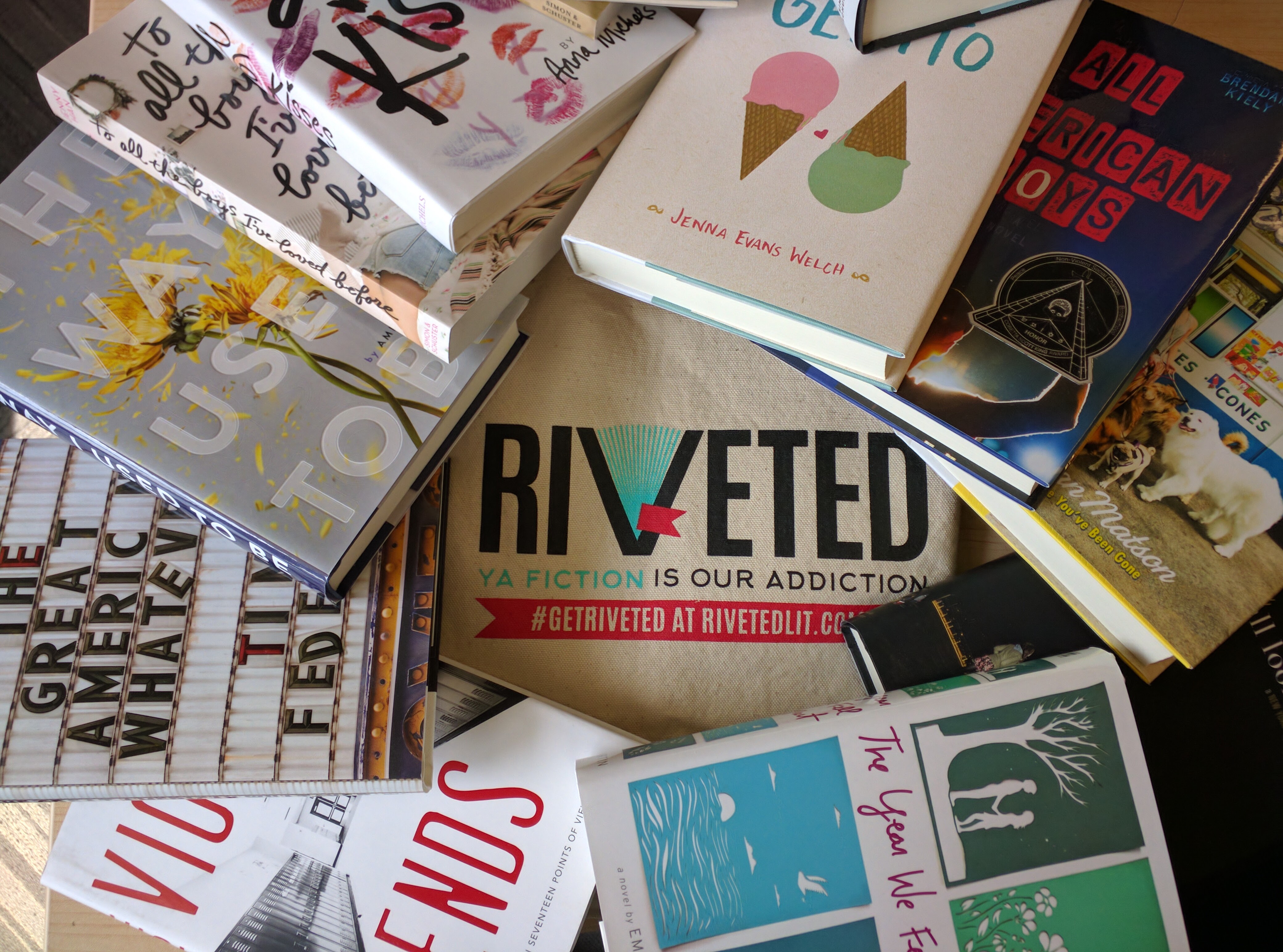

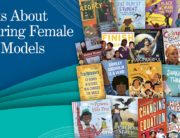
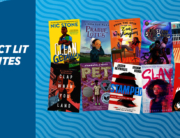
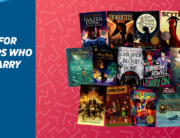
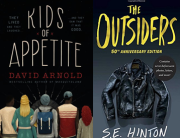
Leave A Comment